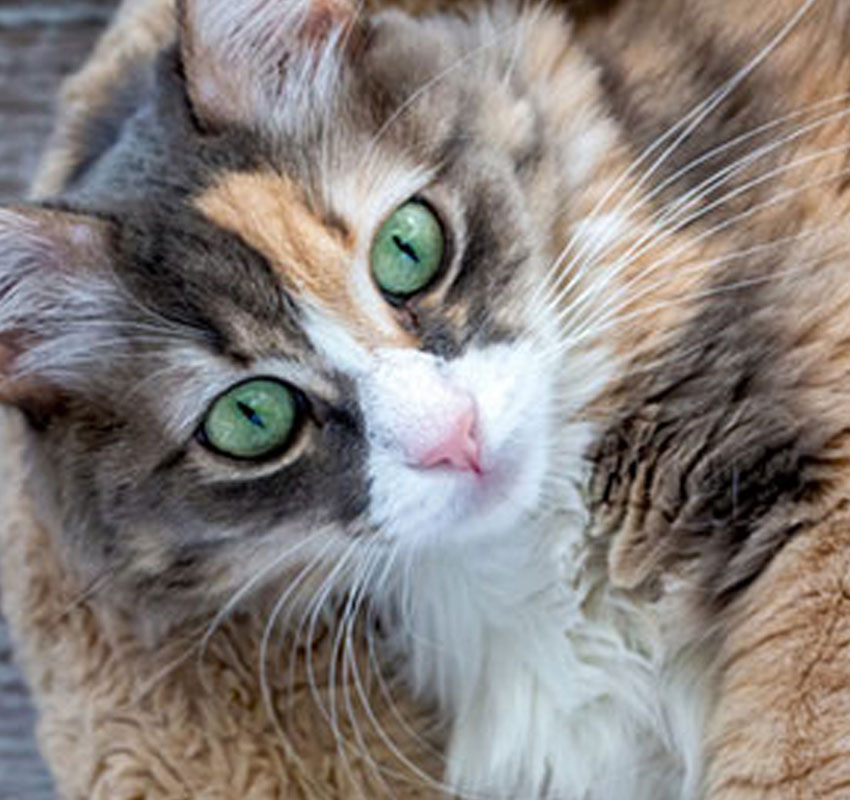What is Osteoarthritis?
Osteoarthritis involves inflammation and degeneration of joints.has a 20% chance of getting this disease as they age regardless of their lifestyle and overall health. This disease is one of the most common diseases that impact our pets.
How did my pet get Osteoarthritis?
If your pet is overweight it can increase the likelihood that your pet will develop osteoarthritis. Your pet’s overall genetic makeup can also predispose your pet to osteoarthritis. Your pet can also develop the disease through injury or because of improper nutrition.
What are the symptoms?
Your pet may exhibit a variety of symptoms when they have osteoarthritis. Here are a few things you may notice.
- Walking stiffly
- Trouble getting up and down
- Reluctance going up and down the stairs
- Stiff joints
- Swollen joints
- Lethargy
- Aggressive behavior
- Panting
- Lack of appetite
What is Osteoarthritis?
Osteoarthritis involves inflammation and degeneration of joints.has a 20% chance of getting this disease as they age regardless of their lifestyle and overall health. This disease is one of the most common diseases that impact our pets.
How did my pet get Osteoarthritis?
If your pet is overweight it can increase the likelihood that your pet will develop osteoarthritis. Your pet’s overall genetic makeup can also predispose your pet to osteoarthritis. Your pet can also develop the disease through injury or because of improper nutrition.
What are the symptoms?
Your pet may exhibit a variety of symptoms when they have osteoarthritis. Here are a few things you may notice.
- Walking stiffly
- Trouble getting up and down
- Reluctance going up and down the stairs
- Stiff joints
- Swollen joints
- Lethargy
- Aggressive behavior
- Panting
- Lack of appetite
How does my veterinarian diagnose Osteoarthritis?
Your veterinarian will diagnose osteoarthritis by talking to you about your pet’s behaviors at home. They will then perform a physical examination on your pet and palpating to localize pain. They may also recommend an x-ray to further determine the disease progression in your pet.

Prognosis
Although you are not able to cure your pet of osteoarthritis you can manage their comfort with medication and lifestyle changes.
Treatment Expectations?
Your number one goal when treating Osteoarthritis is to normalize your pet’s life and minimize their pain.
First, you and your veterinarian should determine if your pet is at an ideal weight. Excess weight can be difficult to carry around especially if your pet’s joints are inflamed. Your pet may need to go on a diet to reduce weight and the stress on their joints. Keeping your pet active with low or moderate exercise is also a good way to keep them from getting stiff.
Next, take a look at your home. Are there slick surfaces like hardwood floors that may be difficult for your pet to get up and down from. Place additional rugs where your pet likes to sleep to help them get up and down. If you can avoid stairs by using different entrances of your home, do it. If you cannot avoid wood stairs, place stair treads on them so they are no longer as slick.
Finally your veterinarian may decide to put your pet on an oral medication known as an NSAID (non-steroidal anti-inflammatory drug). These medications can help reduce your pet’s pain and inflammation. It is important to remember that human pain medication is not appropriate for your pet.
If your pet is not a good candidate for NSAIDs then other medication can be prescribed to help your pet feel more comfortable. Remember to take notice of your pet’s attitude and abilities to maneuver your home after beginning medication treatments to determine its effectiveness.
When your pet is put on long term use NSAIDs it is important to monitor their liver and kidney values on a regular basis. You may be directed to bring your pet into the hospital for blood work every 6 – 12 months.

